The 1960s and ‘70s saw a massive rise in studio experimentation that led to some of the weirdest instrumental features to ever grace a reel of tape. To be clear, the instruments themselves aren’t necessarily weird (although they’re certainly unusual). In the proper context, each instrument has its place in various forms of music, from the avant-garde to traditional.
Videos by American Songwriter
What makes them so ear-catching is how much they don’t appear in the proper context on these iconic pop, rock, and folk tracks from the ‘60s and ‘70s.
Bagpipes: “It’s A Long Way To The Top” by AC/DC
We’d be remiss if we didn’t start our list of the weirdest instrumental features from the 1960s and ‘70s with Australian rock band AC/DC’s 1975 hit track, “It’s a Long Way to the Top (If You Wanna Rock ‘n’ Roll).” The opening track off the band’s sophomore release, T.N.T., features a blaring, in-your-face bagpipes feature played by the band’s original vocalist, Bon Scott.
The great Highland bagpipe is a traditional Scottish instrument often used in formal ceremonies, sporting events, and pipe band concerts. AC/DC’s bagpipe feature helped pull the instrument from a kilt-clad formality to a bona fide rock instrument going head-to-head with Angus Young’s guitar.
Electro-Theremin: “Good Vibrations” by the Beach Boys
Brian Wilson employing an Electro-Theremin on the Beach Boys’ iconic 1966 track “Good Vibrations” wasn’t just a clever way to stand out among the other countless pop hits of the time. It was also a genius nod to the song’s entire premise about vibrational energy. After all, what instrument would be more appropriate for a song like that than one that manipulates electric signals to produce its warbly, otherworldly tone?
The main difference between an Electro-Theremin and a traditional theremin is that the former instrument uses a knob to change the frequency and pitch instead of their hands. Nevertheless, the two instruments share the same eccentric sound that came to define “Good Vibrations.”
French horn: “After the Gold Rush” by Neil Young
Unless you spend a considerable amount of time around academic or symphonic musical settings, you likely don’t hear much French horn in your free time. This brass instrument features a distinct circular shape with a large, flared bell and is a common feature of orchestral, concert, and chamber music. In 1970, it became a brief but effective player in the folk-rock world thanks to Neil Young’s title track to After the Gold Rush.
The arrangement of “After the Gold Rush” is largely solo piano with the exception of a warm, velvety solo via the French horn. It was an odd choice but an effective one, providing an alternative voice to the standard acoustic or electric guitar without overpowering the soft, pared-back feel of the song.
Bass harmonica: “The Boxer” by Simon & Garfunkel
For the most part, Simon & Garfunkel’s 1969 hit “The Boxer” is a fairly straightforward folk song typical of the decade’s style. By far, the weirdest part of the track is the instrumental feature in the second and fourth verses, which incorporates a nasal, gravelly tone not easily identifiable by the average listener. That strange, raspy sound was actually coming from a bass harmonica played by harmonica virtuoso Charlie McCoy.
“This is a pretty special instrument,” McCoy said of the bass harmonica in a later interview. “You put it in a record, and if it’s mixed right, it’s pretty cool.” Indeed, the oddball instrumental feature has become one of the most distinctive parts of Simon & Garfunkel’s iconic song.
Harpsichord: “Burning of the Midnight Lamp” by Jimi Hendrix
Although it can be difficult to differentiate a true harpsichord from a heavily produced piano, as was the case for the George Martin solo in the Beatles’ “In My Life,” Jimi Hendrix’s 1968 B-side to “All Along the Watchtower” actually featured the keyboard instrument popularized by Renaissance and Baroque composers like William Byrd, J.S. Bach, and George Handel.
“It just came to me, that’s all,” Hendrix later said of his harpsichord introduction, per Harry Shapiro’s Jimi Hendrix: Electric Gypsy. “We were recording our last LP, just messin’ around. I can’t play no piano or harpsichord. I just picked out different little notes and started from there.”
Photo by David Redfern/Redferns

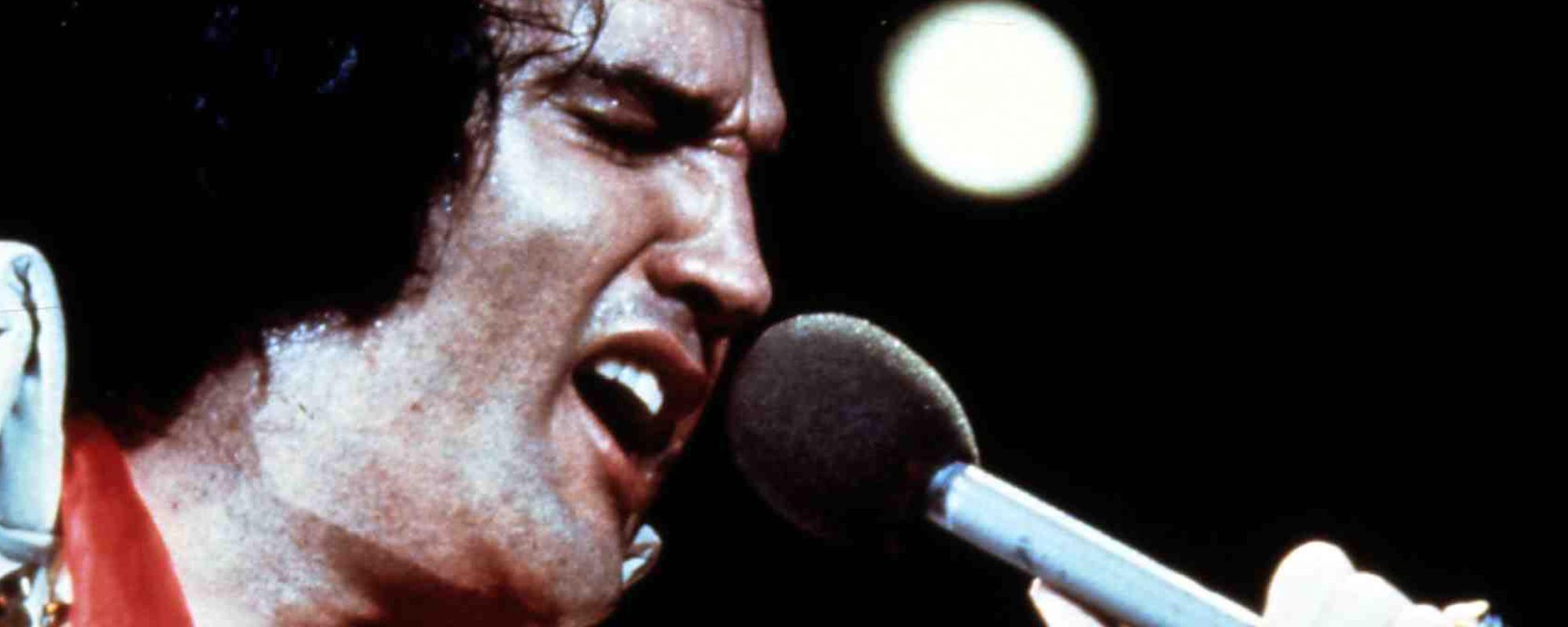
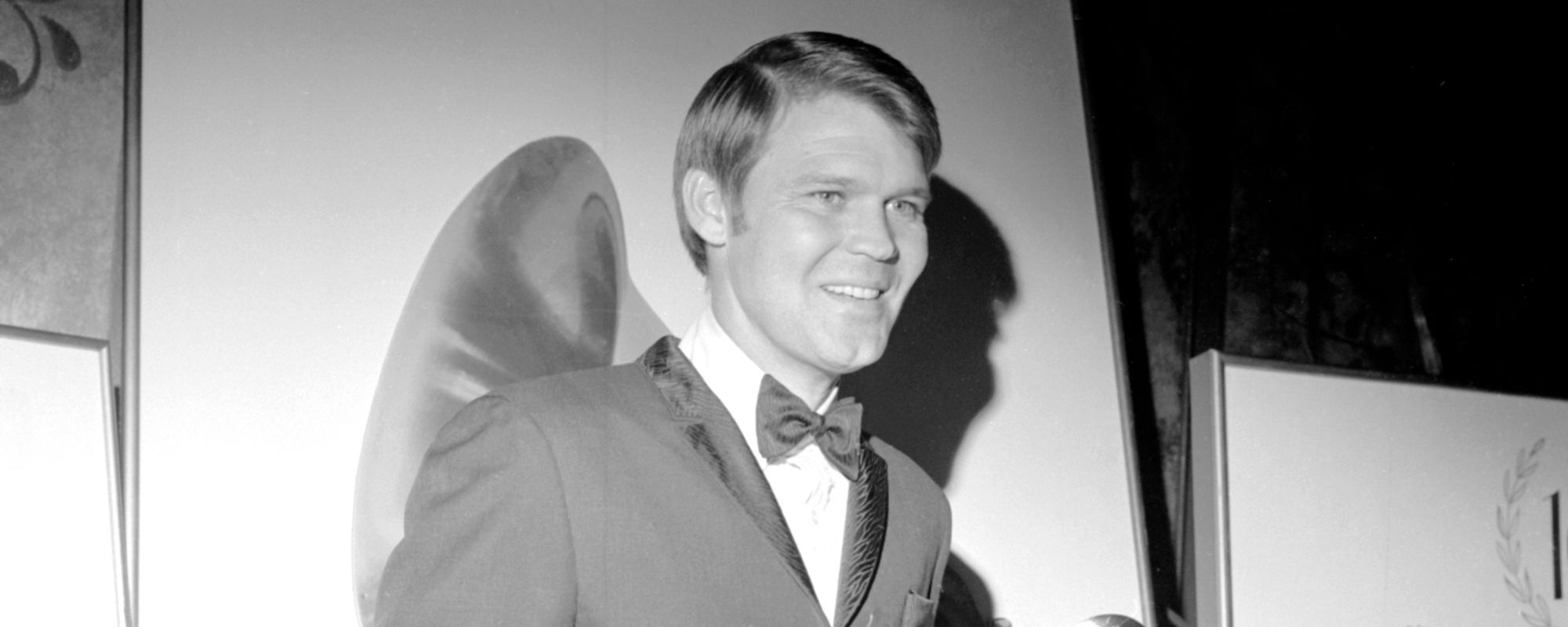
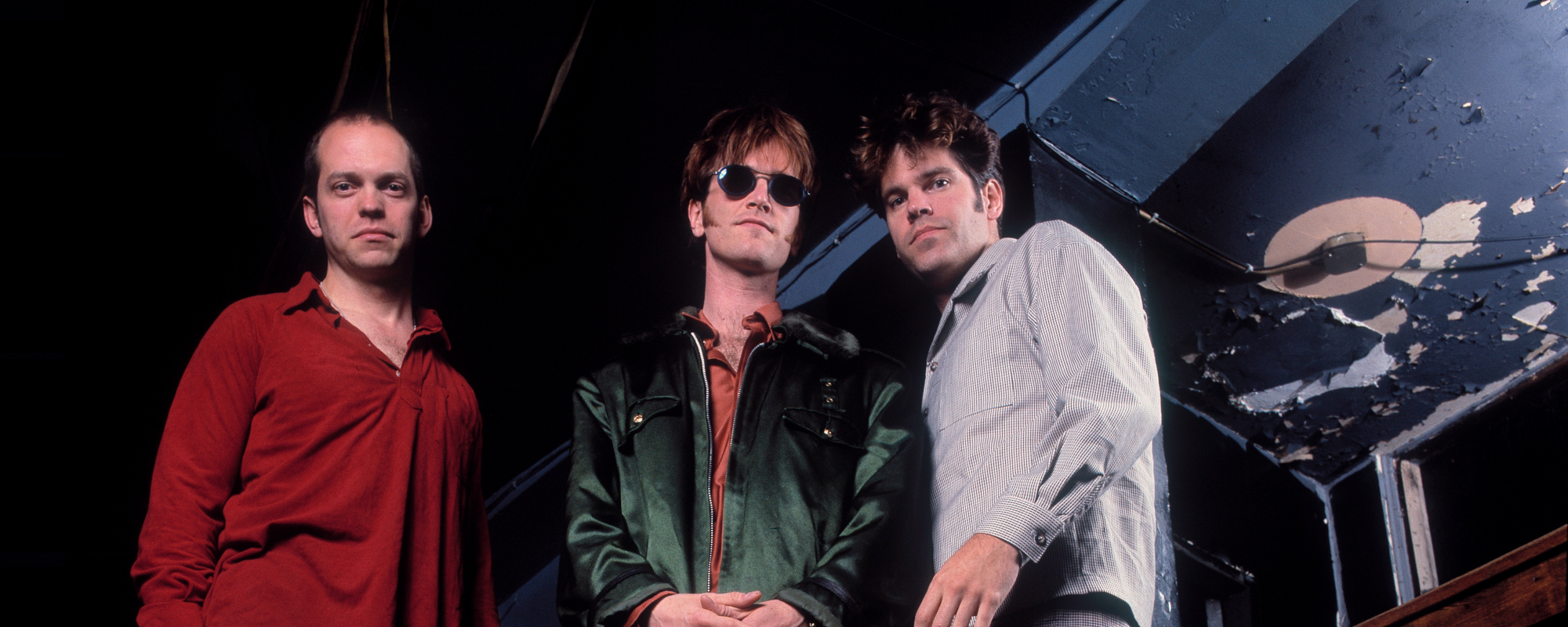
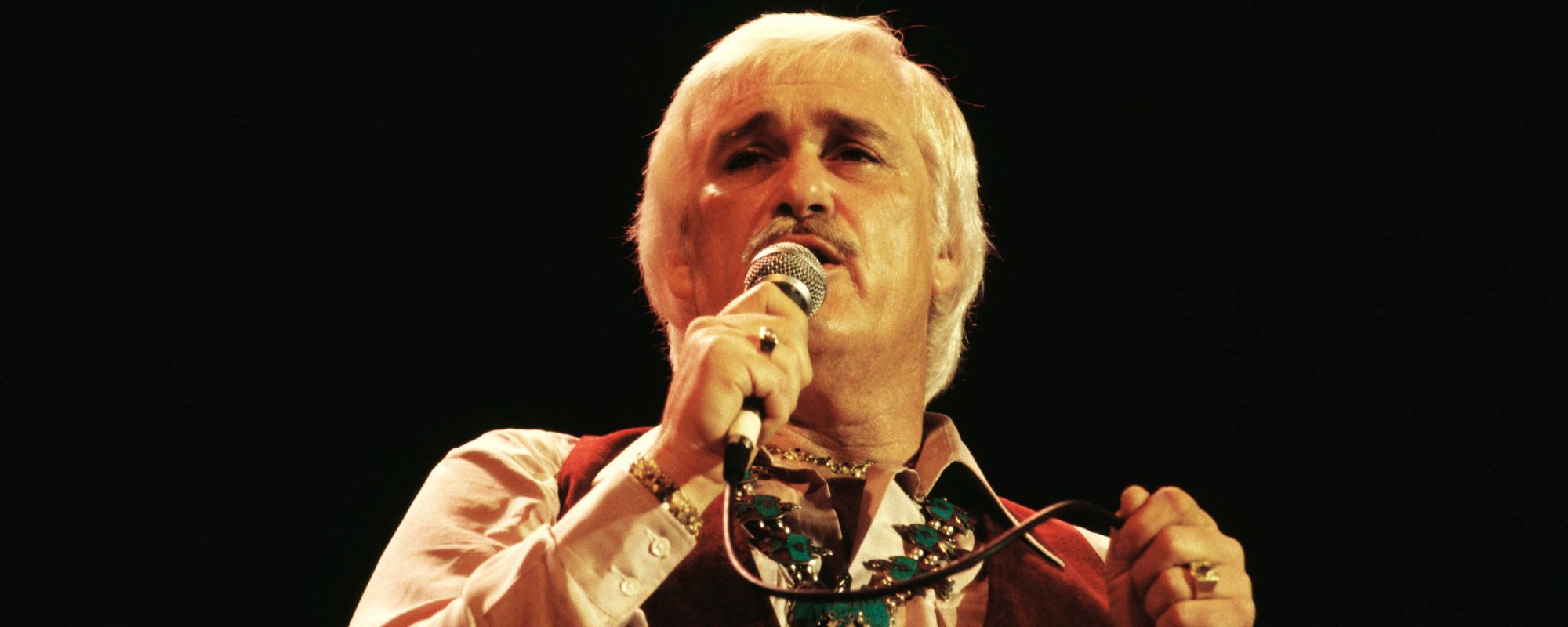
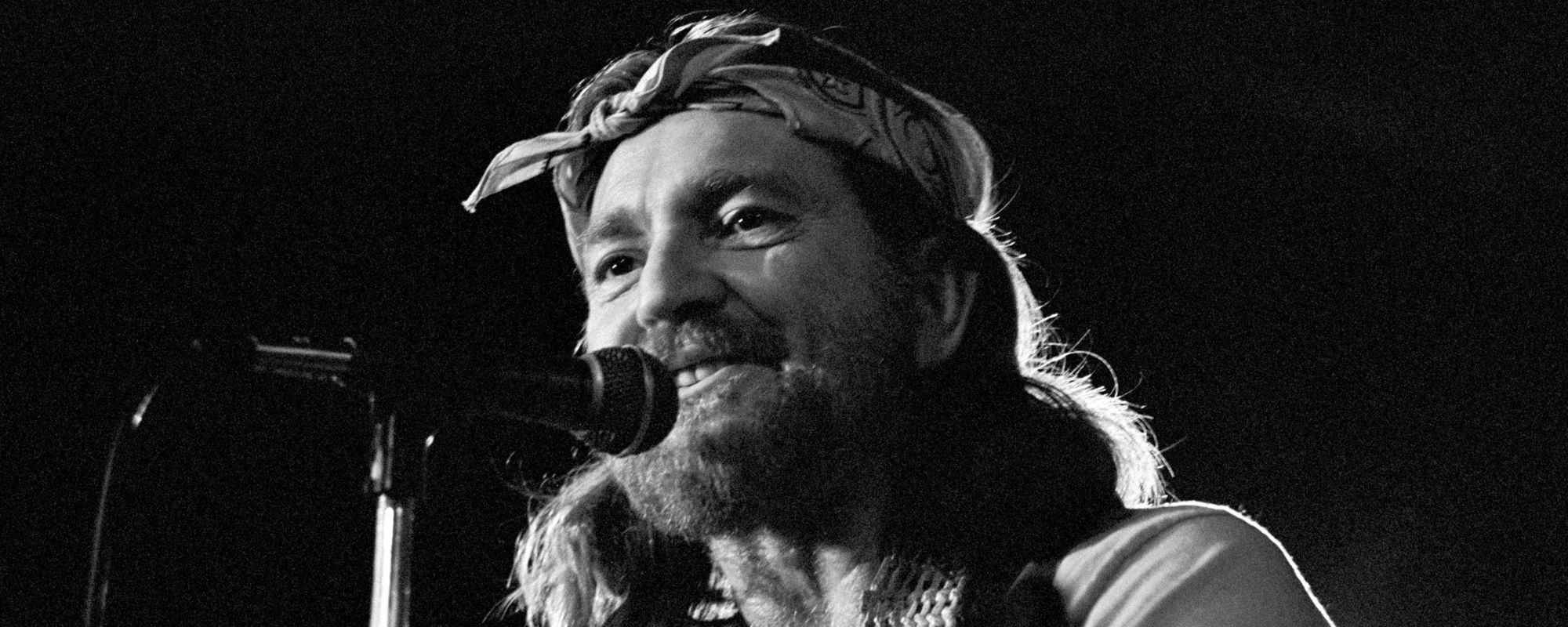

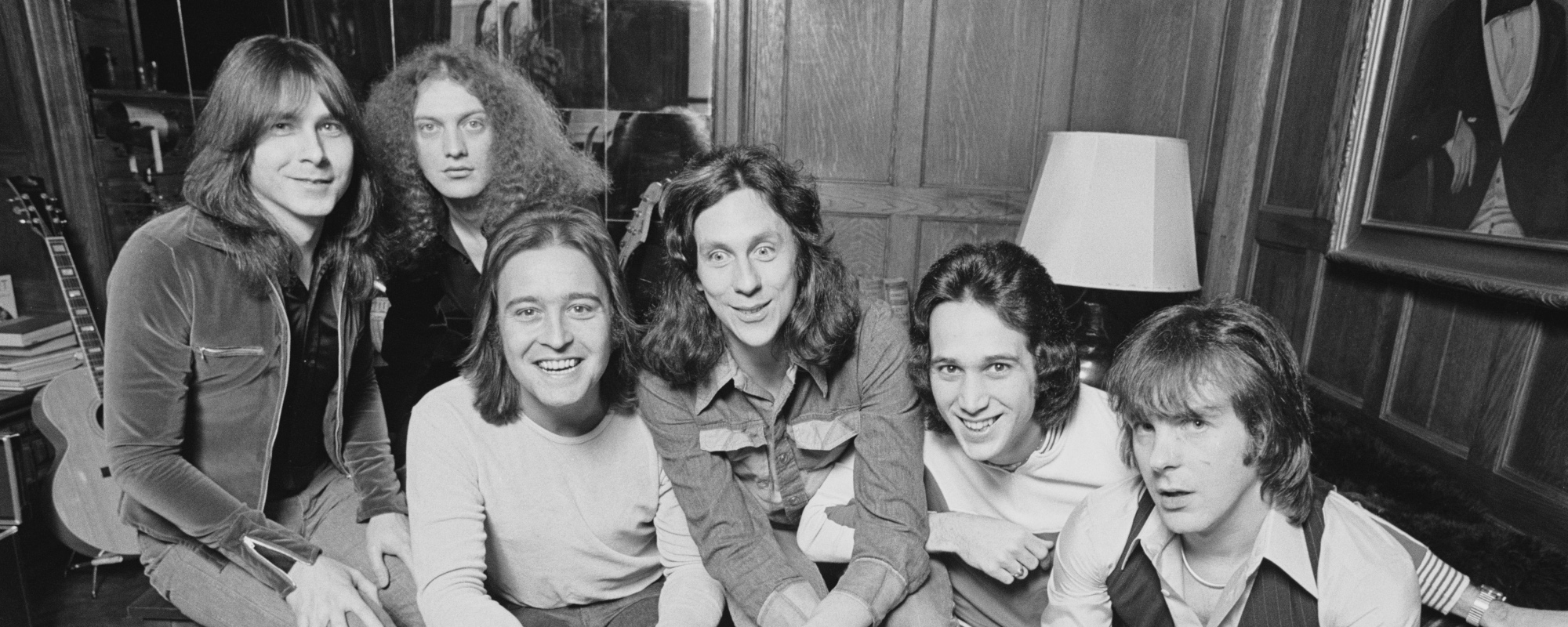
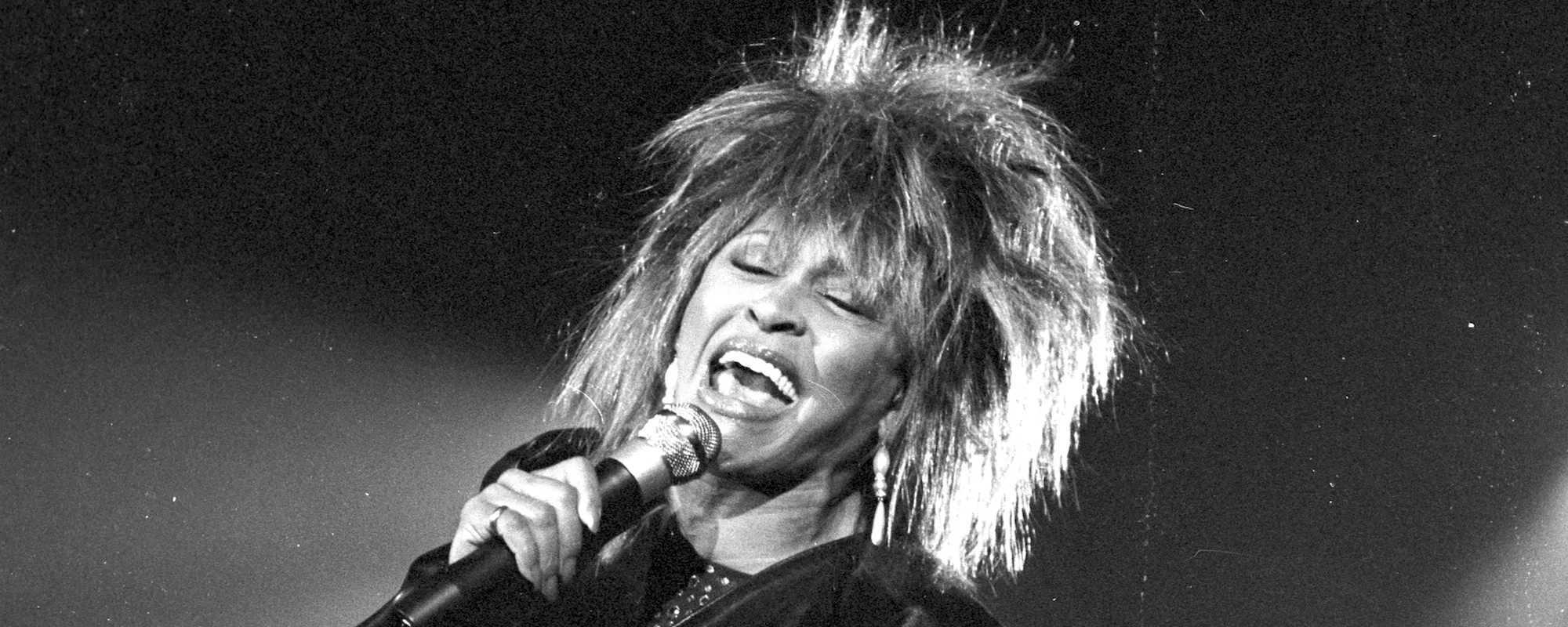

Leave a Reply
Only members can comment. Become a member. Already a member? Log in.